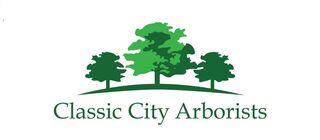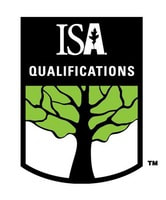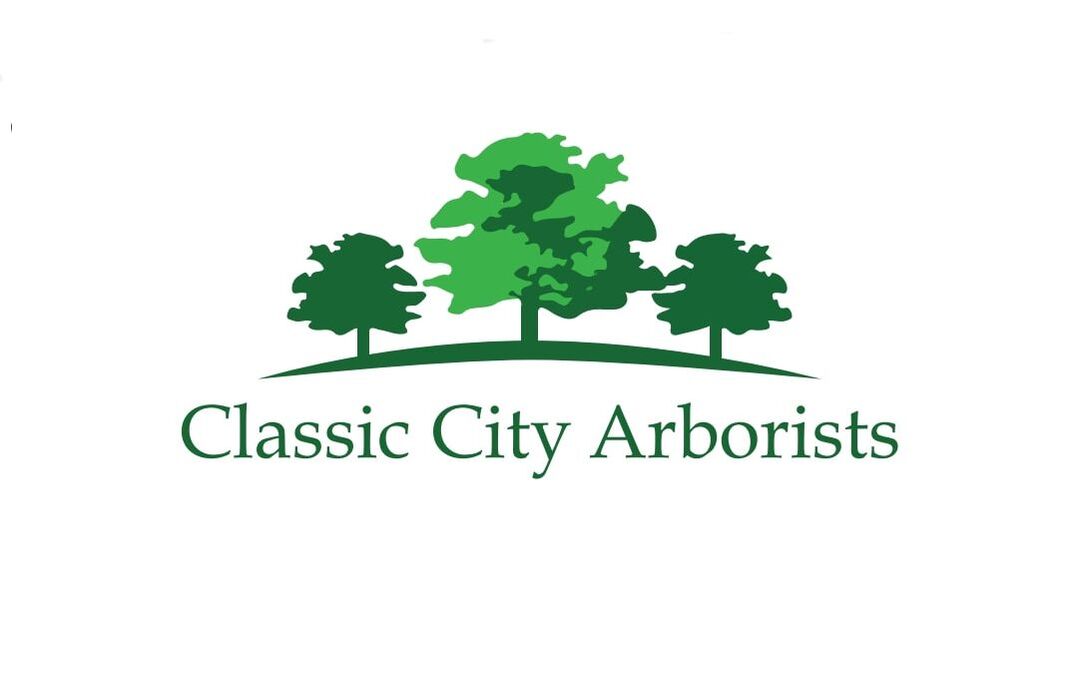|
News and Blog Articles
|
|
Two of the services Classic City Arborists is proud to offer can often be confusing: the free estimate service and our Tree Risk Assessments. Free estimates involve customers asking for our professional opinion on specific projects or individual trees; for more information, please see our Free Estimates article! Tree Risk Assessments (TRAs), on the other hand, are a lot more intensive, and are subsequently not a free service. During a TRA, a qualified arborist will evaluate all the trees on a given plot of land to assess their risk potential and then advise the owner or manager of the property of which trees may require immediate attention. But what does that mean?First of all, you have to be certified by the International Society of Arboriculture (ISA) with their Tree Risk Assessment Qualification (TRAQ) to perform a TRA; Scott Rushing proudly earned his TRAQ in January of 2019. His name is listed on the ISA’s Trees are Good website along with all other certified arborists. To qualify to take the TRAQ course, you have to meet certain requirements as an arborist, such as being an ISA-Certified Arborist or having a degree in arboriculture, forestry, or horticulture. Scott holds a Bachelor's in Agricultural Education from the University of Georgia and is an ISA-Certified Arborist. The TRAQ itself involves a two-day, instructor-lead educational course, followed by half a day of both written and field assessments. Once completed successfully, the certification is active for five years; TRAQ holders must take a renewal course, which involves an abbreviated version of both the original educational material and test. What is the TRAQ?
There are three different levels of intensity when it comes to Tree Risk Assessments. The first level is referred to as a limited-visual assessment, also sometimes referred to as drive-by assessments. This level of assessment is commonly employed in urban forest environments, but can be required anywhere a visual inspection is difficult to perform due to limited access. In a limited-visual assessment, the arborist will scan for obvious high-risk trees with immediate care needs. The second level of TRA is a basic assessment, which involves a 360-degree inspection of the tree(s) in question. It is more thorough thanks to greater access, and often involves the use of basic measurement and assessment tools, such as tape measures for diameter, binoculars for crown inspection, a mallet for detecting hollow trunks, and/or a probe for cavity evaluations. Lastly, the third level is referred to as an advanced assessment. This in-depth inspection can involve all of the previously-mentioned methods, as well as aerial evaluation, decay detection, health evaluation, wind load assessment, and static load assessment. These three processes were created to help property owners, property managers, and tree owners get the information they need to make educated decisions regarding the trees in their care, whether that decision is to trim back some limbs, let the tree grow normally, or cut the tree down entirely. Basically, this means that a TRAQ-holding arborist can accurately and efficiently follow the standardized, systematic process for assessing any tree’s potential risk, as defined by the International Society for Arboriculture. By adhering to the ISA’s guidelines, certified arborists ensure that each risk assessment is as accurate, consistent, and thorough as possible. Trees come with a myriad of social, economic, and environmental benefits. Whether they’re used as shade trees or planted specifically to strengthen the ground integrity of the area, trees are an invaluable resource to any urban or rural landscape. As the age and size of the tree increases, so do these benefits; however, so do the risks. Older, larger trees are more likely to shed branches, develop decay, incur pest infestations, and present a heightened fall risk due to damages they’ve collected over the years. Even younger trees can be predisposed to failure, or fall victim to inclement weather and other natural events. When performing a TRA, no matter its level, Scott keeps these benefits and risks in mind, aiming to weigh the two against each other and ensure customers are aware of when the risks outweigh the benefits, and vise versa. He will look at and document a variety of factors pertinent to the decision-making process, including structural condition, tree load, tree adaptation, relation to surrounding structures, and proximity to traffic and populated areas; he will use this information to evaluate a tree’s risk of failure, the degree of that failure, the consequences of that failure, and the potential surrounding targets that may be affected by that failure. After the evaluation, each tree will receive a risk category that can then be compared to the level of risk that you, as the property owner or manager, find acceptable. The four risk categories are Low, Moderate, High, and Hazard/Hazardous. Low and Moderate risk ratings are not usually recommended for full removal, while High and Hazardous are. Acceptable risk level may be determined by a homeowner’s association, or your town or county (or even state) standards. Along with evaluating and reporting a tree’s risk, a TRA involves noting the treatments and suggested actions associated with each tree to bring it within an acceptable level of risk. If a tree’s risk category exceeds the level or risk defined by the authoritative party, then Scott will recommend some kind of mitigation. This mitigation can include anything from just trimming back a few dead limbs all the way up to removing the entire tree. This means Scott will not only tell you which trees present a danger to you and your home, but will also tell you exactly how it can be fixed! Each mitigation option will be detailed out along with its respective cost. This way you can determine, not only which options are more pressing, but also which ones are within your budget. More information on free estimates and what this line-item evaluation will look like can be found here. At the end of the day, getting a Tree Risk Assessment from Classic City Arborists is one of the best ways to get you have all the information you need about all the trees in your care to ensure they are set to live long, happy, and healthy lives. If you’d like to schedule a Tree Risk Asessment, please click here! AuthorEmily Casuccio is sister and sister-in-law to Rebekah and Scott Rushing, and has over half a decade of experience in copywriting, copyediting, proofreading, and developmental storyboarding. She's worked with both published and undiscovered authors on both fiction and nonfiction, and takes pride in supporting local businesses. Her passion lies in the written word and helping authors of all capacities realize their dreams and achieve their fullest potential. To learn more about her, read samples of her work, or contact her, visit her online portfolio. Sources: ISA Tree Risk Assessment Qualification Community Tree Risk Assessment Tree Risk Assessment Methods: A Comparison of Three Common Evaluation Forms
0 Comments
Your comment will be posted after it is approved.
Leave a Reply. |
Categories
All
Archives
January 2023
|
|
23 Whatever you do, work at it with all your heart, as working for the Lord, not for human masters,
24 since you know that you will receive an inheritance from the Lord as a reward. It is the Lord Christ you are serving.
Colossians 3:23-24
24 since you know that you will receive an inheritance from the Lord as a reward. It is the Lord Christ you are serving.
Colossians 3:23-24


